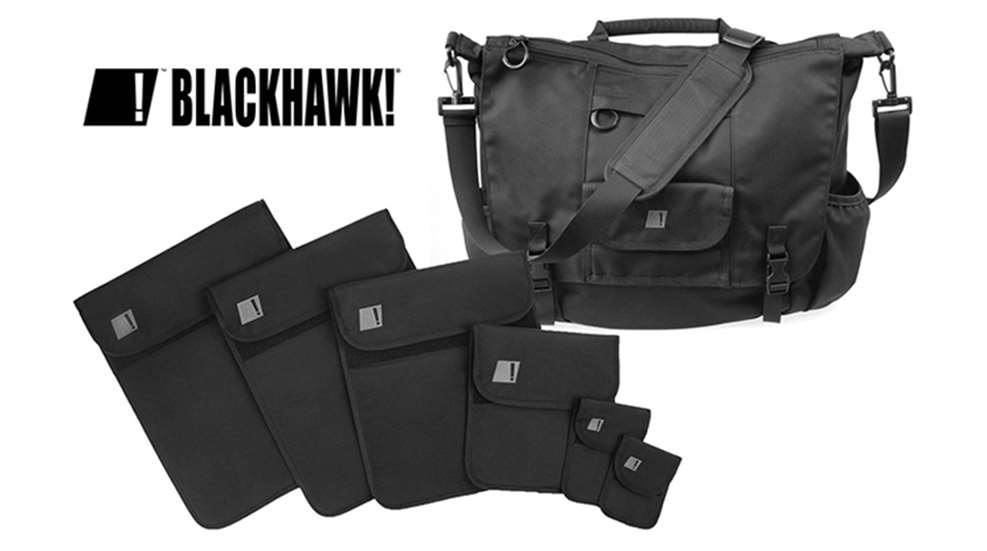
Some estimate that millions of Americans would die if the nation’s power grid was targeted by an electromagnetic pulse (EMP) of sufficient size. The figure is shocking, because the majority of casualties would not be the direct result of the H bomb’s detonation at an altitude of somewhere around 250 miles.
Most of us don’t have the resources to fully “prepare” for an EMP attack, which will literally fry every circuit within range, so panic’s not going to help. However, if hurricane season wasn’t enough to get you to double check and refresh your emergency supplies, maybe the thought of your vehicle not starting, dead cell phone, no water supply and just about everything else you rely on being DOA is.
North Korea threatened the United States with an EMP attack a few weeks back, and while the possibility of it following through successfully seems remote, it’s another reminder that we should be prepared. Hurricane Matthew in 2016 left me without water for a few days, and I’m glad I listened to a legitimate former member of Delta who once told me if the unthinkable happens, people will die over it first. My supply of 50 potable gallons came in handy.
The EMP threat is scarier than a localized disaster. Anything that runs on an integrated circuit (that’s nearly everything these days, even those simple solar lights in your landscaping) in the “blast” zone will die, unless it’s in a Faraday cage.
Your microwave oven is a Faraday cage, built to contain all that quick-cooking energy. Of course, with the door closed, it also keeps electromagnetic radiation from leaking in. Cell phones inside can’t receive or send signals, including GPS.
It also turns out the products/fabrics designed to protect RFID information on credit cards or laptops also act as a Faraday cage. If the power’s gone for weeks or months, I’m not sure how much use that iPad will be, but a pair of my emergency two-way radios went into my BlackHawk Under the Radar Laptop Pouch after I uncovered the fact.
You can also make Faraday cages. And think twice before you toss those weather-beaten and homely metal ammo cans. Yup, full-metal enclosures usually make the best Faraday cages.
The threats may be all new and technologically advanced, but sometimes the best counter-measures are old school.






















![Auto[47]](/media/121jogez/auto-47.jpg?anchor=center&mode=crop&width=770&height=430&rnd=134090788010670000&quality=60)
![Auto[47]](/media/121jogez/auto-47.jpg?anchor=center&mode=crop&width=150&height=150&rnd=134090788010670000&quality=60)












